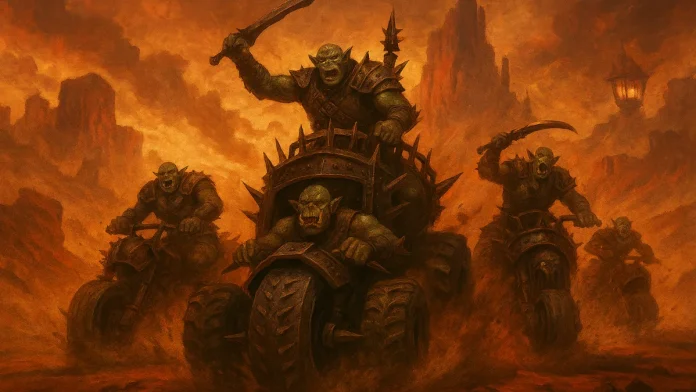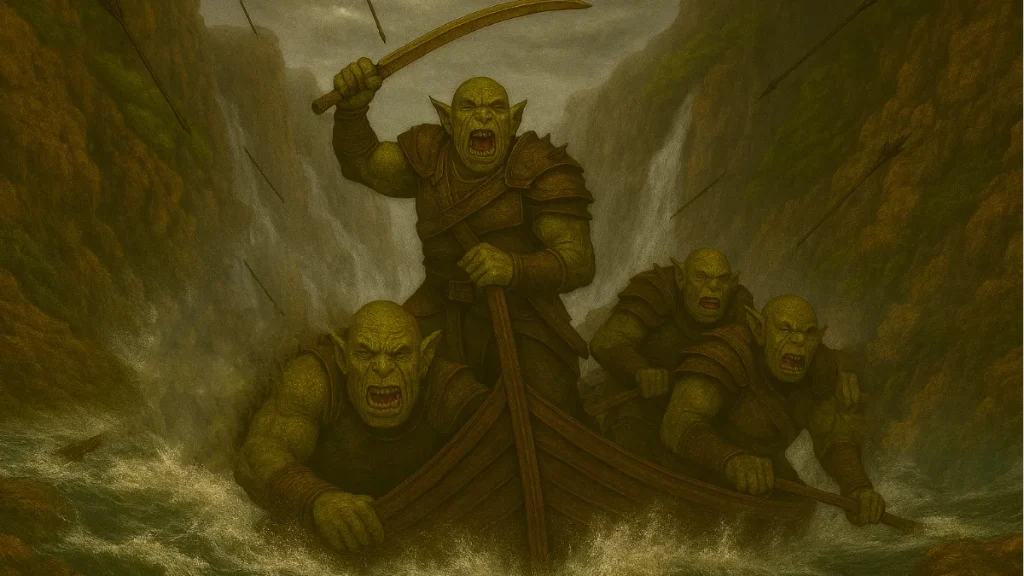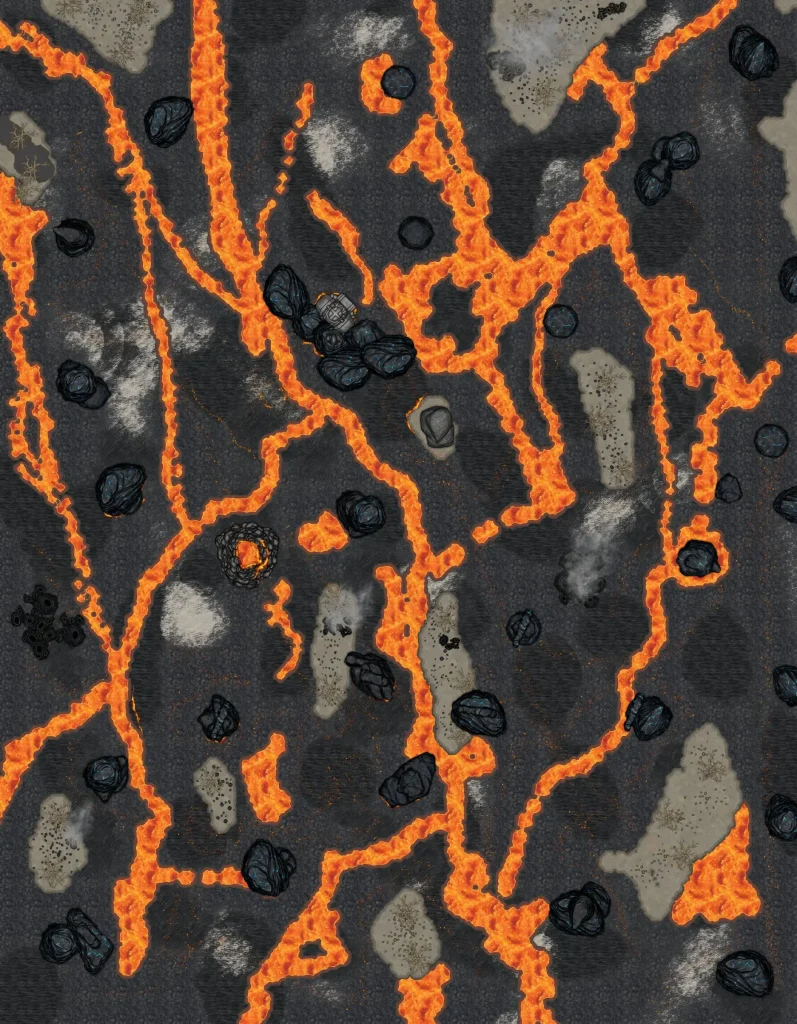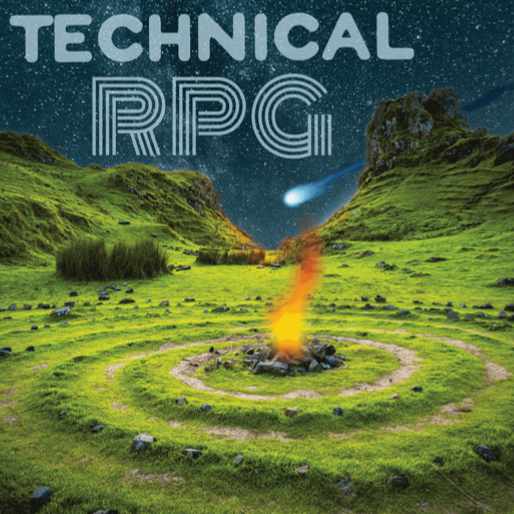There’s something irreplaceable about playing roleplaying games in person—the whispered strategies between players, the subtle glances, the shared tension across the table. That intimacy is hard to replicate. In these sessions most encounter maps are small locations, a room, a small cavern and sometimes an area as large as a hall.This is not by accident role playing games were created for an in person experience and designed to fit on a small dining table. Role playing games spun out of miniature war gaming which is a table centric hobby.
But there’s one area where a virtual tabletop offers a truly superior experience: the massive map.
A massive map transforms the game options for encounters from a small static locations into a dynamic battlefield. Massive maps allows both the Game Master and players to use motion, distance, and scale to evoke a sense of space. Most published adventures for D&D 5e, are filled with compact maps. Take Descent into Avernus, which introduces the first layer of Hell—a scorched wasteland of rage and infernal machines. The book’s maps are functional, but none capture the sprawling chaos of war rigs tearing across the desert. Sure there is theater of the mind but not everyone wants that.
Virtual tabletops, unlock that scale. You can build sprawling maps of sand-blasted hell-scapes and then fill it with war machines, fortresses, and roaming monsters. Players can pilot vehicles across vast terrain, triggering encounters, ambushes, and environmental hazards. A sense of continual motion becomes central to the game play experience.
Imagine a scenario with six players, each controlling a vehicle or mount and another 6 controlled by desert orcs. Now after each creatures turn in combat all machines move 5 feet. Suddenly you are your players are orchestrating a ballet of movement—120 feet of war movement per round can mean tactical chaos. Within one combat round monsters and players can split up, regroup, flank, or collide. You’re not just placing tokens; you’re choreographing a cinematic chase.
This opens up thrilling possibilities:
- Vehicles crashing into each other
- Monsters being run down mid-combat
- Players and Monsters leaping between machines
- Environmental hazards forcing reroutes or breakdowns
The map becomes more than a backdrop—it’s a living, breathing part of the story. And with foretelling techniques layered in (ominous terrain, prophetic symbols, NPC warnings), and the use of line of sight blocking features so the characters don’t know what is around the next corner the map itself can whisper danger long before the dice roll.
Types of massive maps with dynamic combat potential
- River Runs (on a raft in a ranging river)
- Chase maps
- Falls
Massive Maps turn static encounters into kinetic storytelling, and who knows what might be waiting for them around the next bend in the next round of combat.





